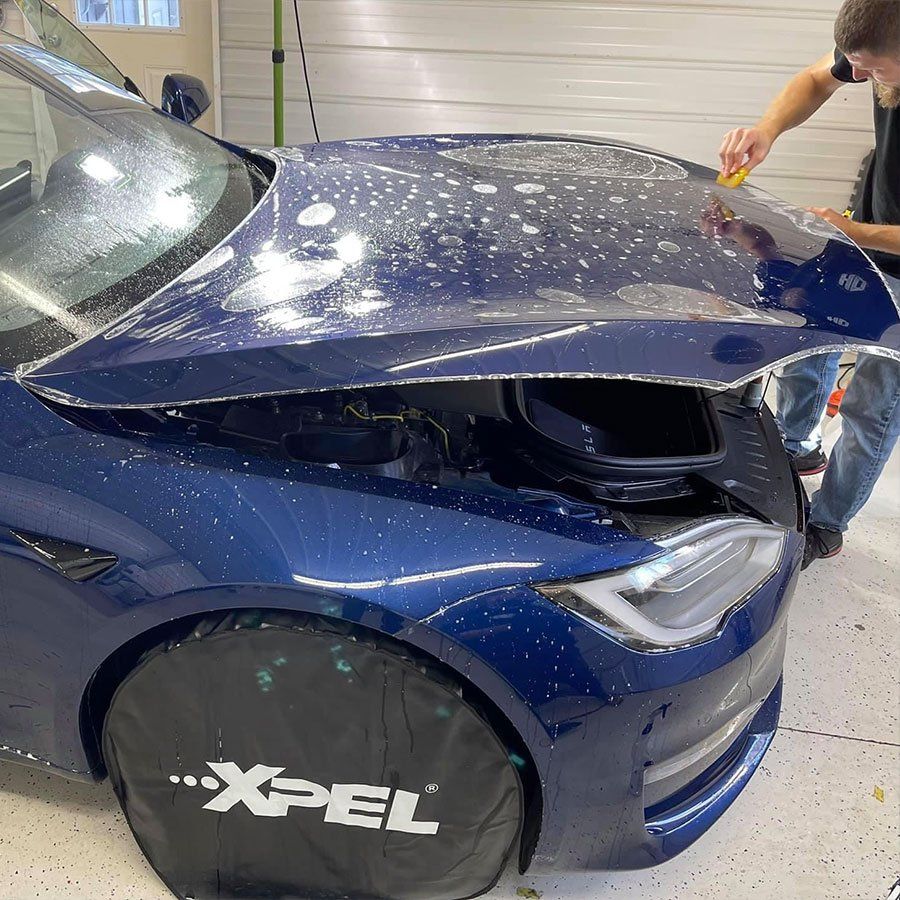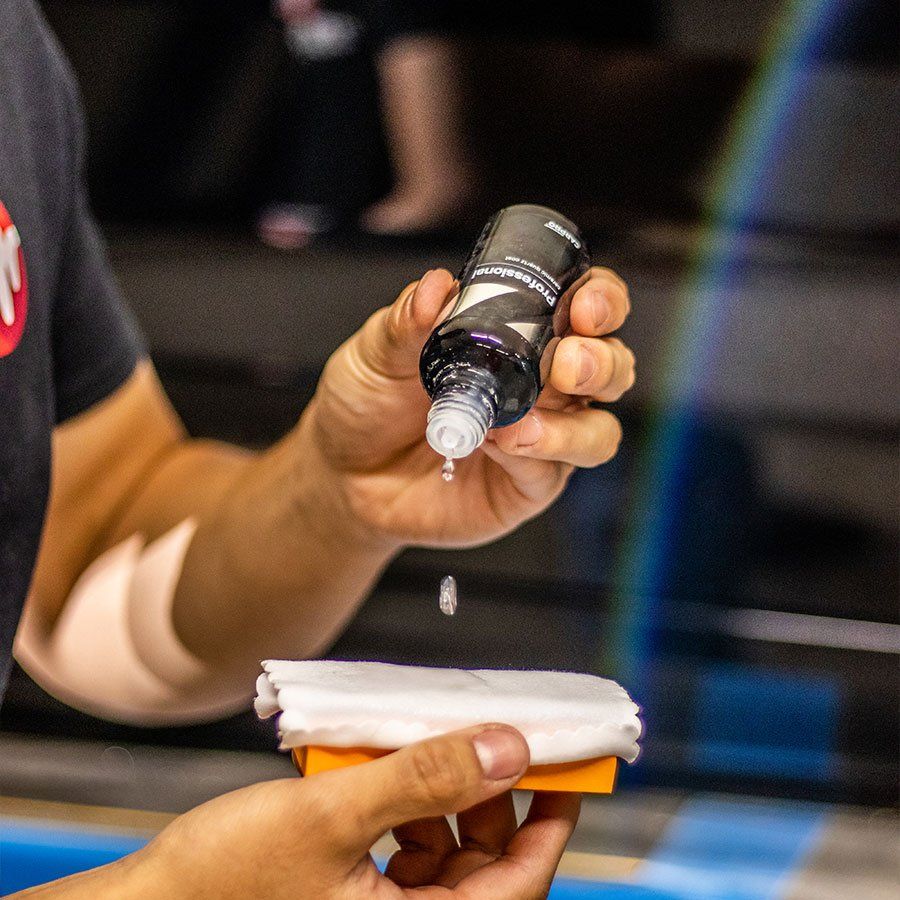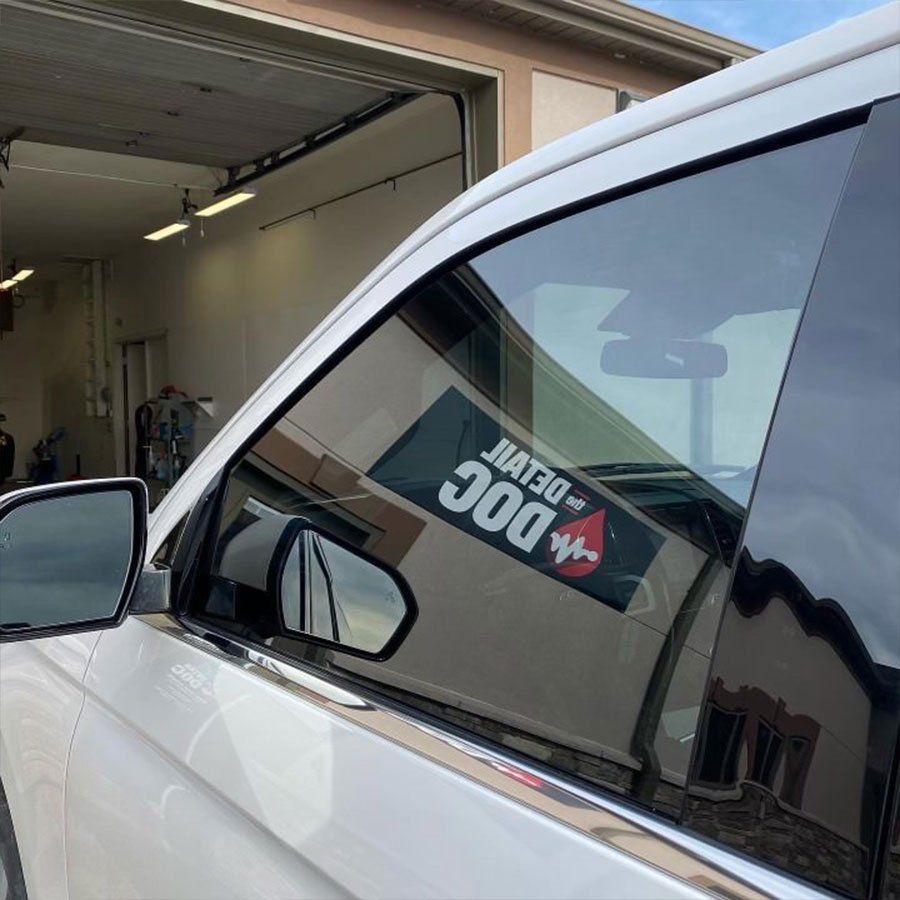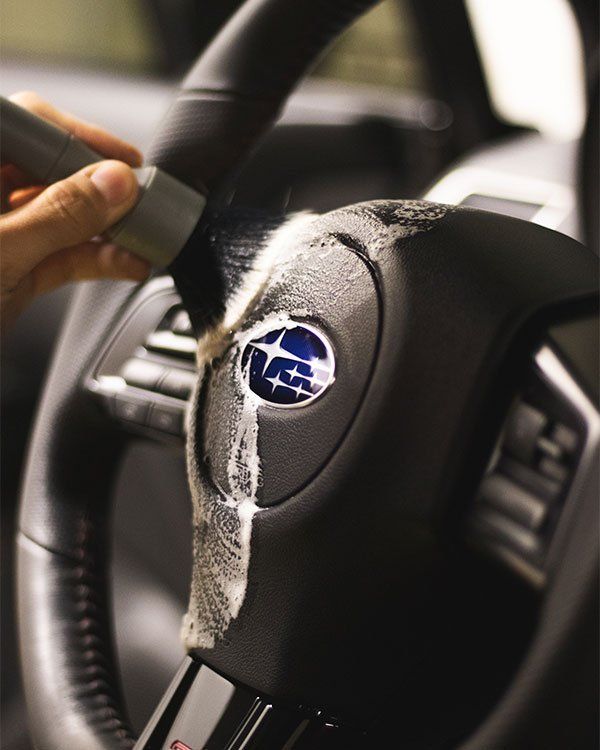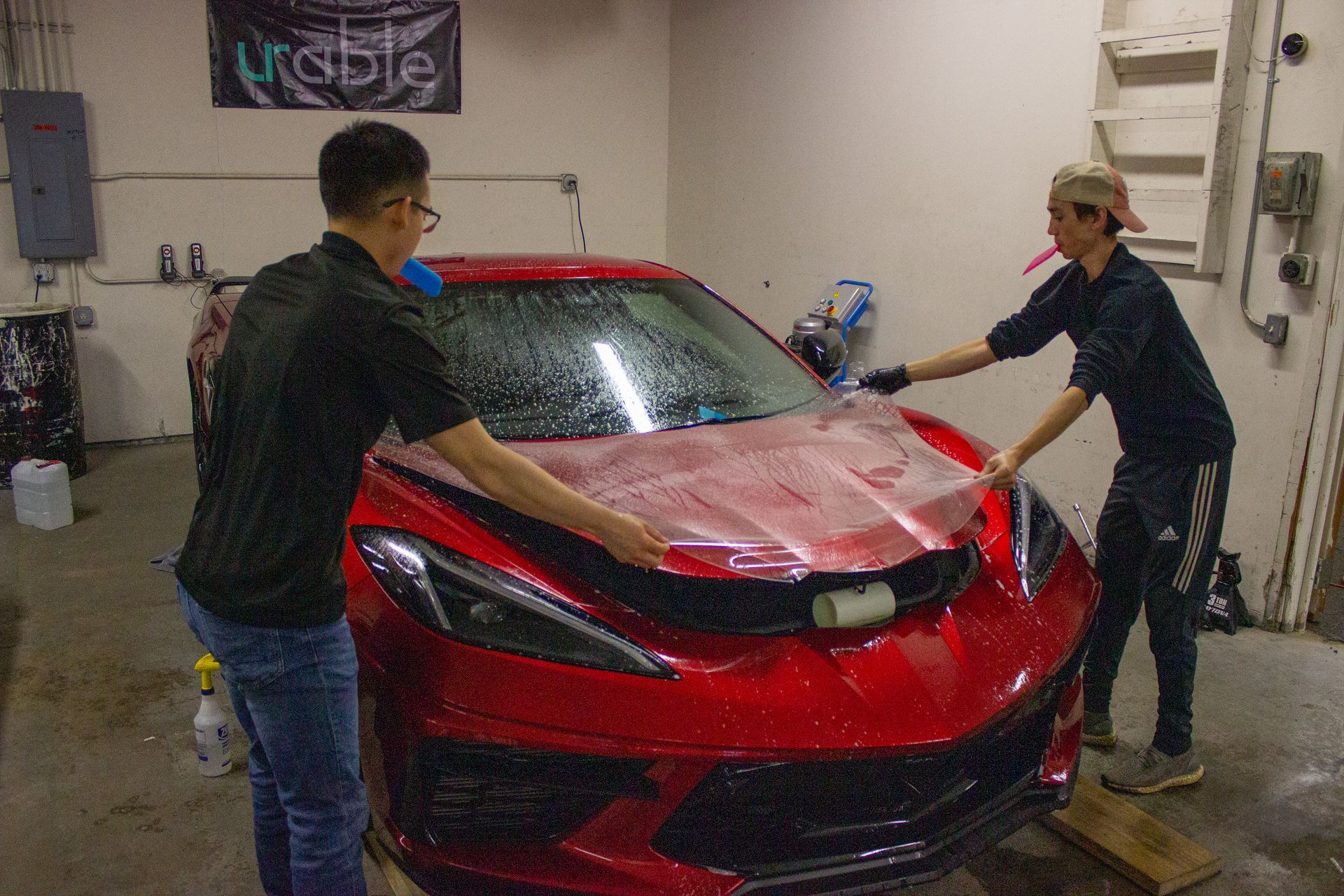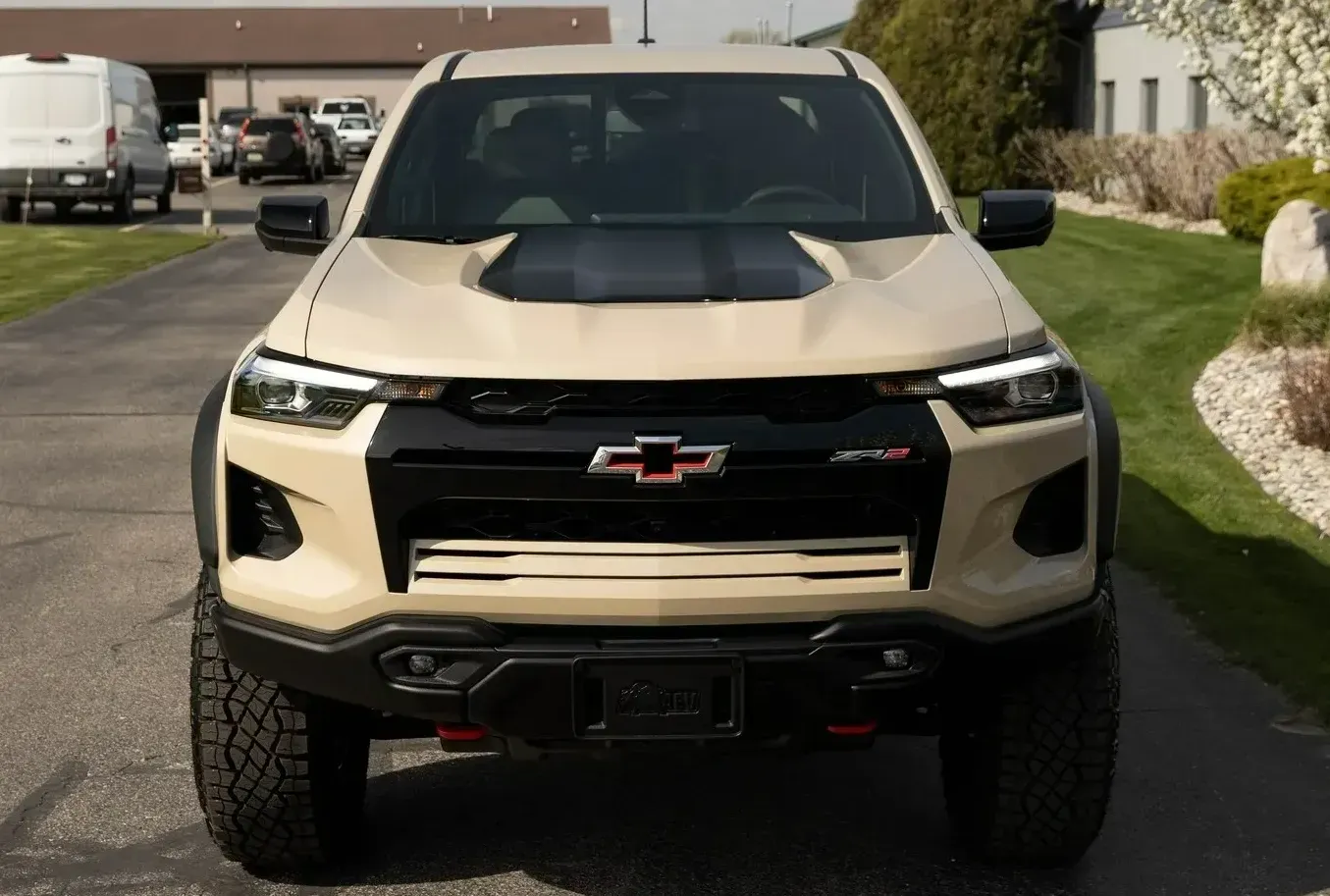The Detail Doc Blog
The Future of Vehicle Protection: Trends in Paint Protection Film Technology
(989) 244-0505 GET SCHEDULED NOWWhen you think about protecting your vehicle, what comes to mind? Maybe it's a fancy wax job or a trip to the detailer for a thorough cleaning. However, with advancements in vehicle care, there’s a game-changer that’s catching everyone’s attention: Paint Protection Film (PPF). Imagine having a nearly invisible shield on your car, one that not only guards against scratches and chips but also keeps it looking sharp for years. In this article, we’ll explore how PPF technology has evolved from its military origins into a must-have element for every car owner. We’ll dive into the latest trends and look at why these innovations are exciting for everyone who values their ride. So, buckle up as we take a closer look at the future of vehicle protection!
The future of vehicle protection through Paint Protection Film (PPF) technology is characterized by trends such as the development of self-healing properties, advancements in hydrophobic coatings that repel dirt and water, and improvements in adhesive technologies for easier installation. Additionally, there is a growing focus on eco-friendly materials and the increasing availability of DIY kits, making PPF more accessible to consumers.
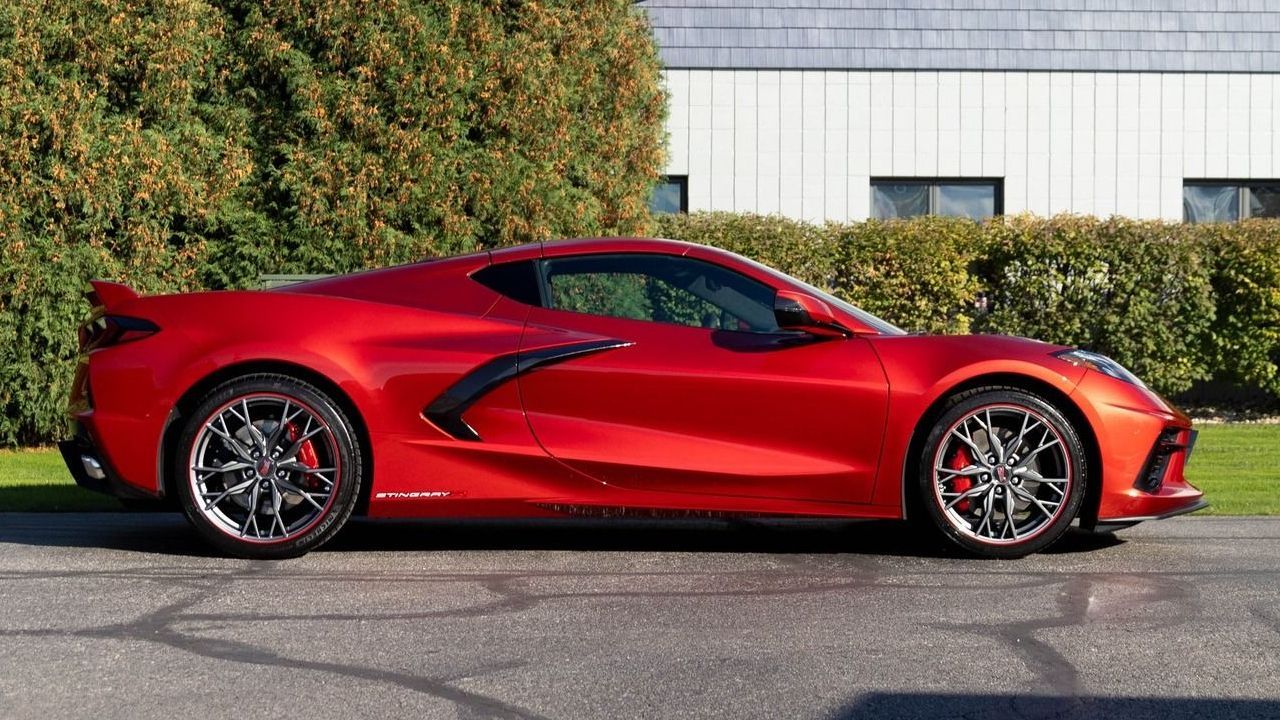
The Evolution of Vehicle Protection Film
The journey of paint protection film is one that reflects both innovation and the increasing awareness of vehicle care. Originally designed for military applications, the technology was introduced to protect helicopter blades from flying debris during combat. Its performance in extreme conditions sparked interest among automotive enthusiasts, leading to its adaptation for consumer vehicles. In the late 1980s, the first commercial PPF products emerged under names like "Clear Bra," capturing the attention of meticulous car owners who desired to shield their prized possessions from everyday wear and tear.
These early adopters were often affluent individuals with luxury vehicles; they understood the importance of keeping their cars looking pristine. Many would invest substantially in maintenance and appearance upgrades, making the introduction of a clear yet durable film a welcome addition to their arsenal of protective solutions. This initial phase highlighted a fundamental principle: as our reliance on cars grew, so did our need for advancements in protective technology.
Fast-forward to today, where we find ourselves amidst revolutionary changes in PPF technology that have made it a staple in automotive care.
The Modern Era of PPF
As we transitioned into the 21st century, significant improvements in PPF materials began to emerge. Urethane became the material of choice due to its impressive resilience against scratches, chips, and peeling, along with its ability to self-heal minor abrasions when exposed to heat. This remarkable technology enables PPF to maintain its original appearance over time, providing not just temporary protection but long-lasting results.
The rise in demand for PPF mirrors a broader trend in vehicle ownership; market analysis shows that the global PPF industry has exploded, with projections estimating a valuation reaching $1.48 billion by 2028. Such figures emphasize how integral PPF has become within vehicle maintenance solutions—allied not only with aesthetics but with overall vehicle longevity.
In addition to traditional features, emerging trends such as hydrophobic coatings further enhance protective offerings. These innovations allow water and dirt to slide off surfaces effortlessly, simplifying upkeep and maintaining a cleaner look. The integration of advanced adhesives during installation minimizes common issues like air bubbles or alignment problems—a concern for many DIY enthusiasts tackling PPF projects at home.
As trends continue to evolve, consumers are also seeing an influx of eco-friendly options within the PPF market that reduce environmental impact while still offering superior protection. Understanding the evolution of paint protection film marks not only a significant point in automotive history but leads us toward exciting advancements on the horizon that will enhance every driver’s experience.
With these innovations promising a new era for vehicle preservation, we can now explore some specific developments shaping this landscape.
Top Trends in PPF Technology
The realm of paint protection film (PPF) technology is vibrant with continual innovation aimed at enhancing both functionality and user experience. One of the most exciting advancements is the introduction of self-healing films. These remarkable materials have the unique ability to repair minor scratches and scuffs simply by being exposed to heat.
It's almost as if they know when they've been damaged! Top brands like XPEL Ultimate Plus and 3M Scotchgard Pro Series lead this charge, helping car owners maintain pristine appearances without constant intervention. This not only saves time but instills a sense of security, knowing that your car can recover from the inevitable wear and tear of daily life.
The convenience provided by self-healing films gives you peace of mind as you navigate everything from urban environments filled with debris to country roads dotted with gravel.
But beyond just healing, PPF technology continues to evolve in exciting ways.
Another groundbreaking development in this field is the rise of hydrophobic coatings on newer PPF variants. These advanced coatings repel water and other contaminants that typically cling to a vehicle's surface. Imagine this as applying a protective barrier akin to Rain-X, not just to your windshield but to your entire vehicle.
With such technology in place, dirt, rain, and grime struggle to stick around, significantly reducing the frequency of washes needed. This keeps your car looking cleaner for longer and preserves its paint, allowing for a longer lifespan.
Closely tied to the ease of maintenance is yet another impressive leap forward: innovations in adhesives used within PPF applications. These advanced adhesives are designed for smoother installations; they minimize bubbles and decrease chances for misalignment, which can be frustrating during application. So whether you're a DIY enthusiast seeking to apply your own film or a professional installer aiming for perfection, these improvements elevate the overall experience. Having reliable performance at every stage—from installation to long-term wear—makes a significant impact on how people perceive their investment in PPF technology.
Each of these trends enhances functionality and strongly resonates with consumer desires for customization and ease in their vehicle care journey. This sets the stage for understanding the remarkable benefits that come with modern applications of paint protection film.
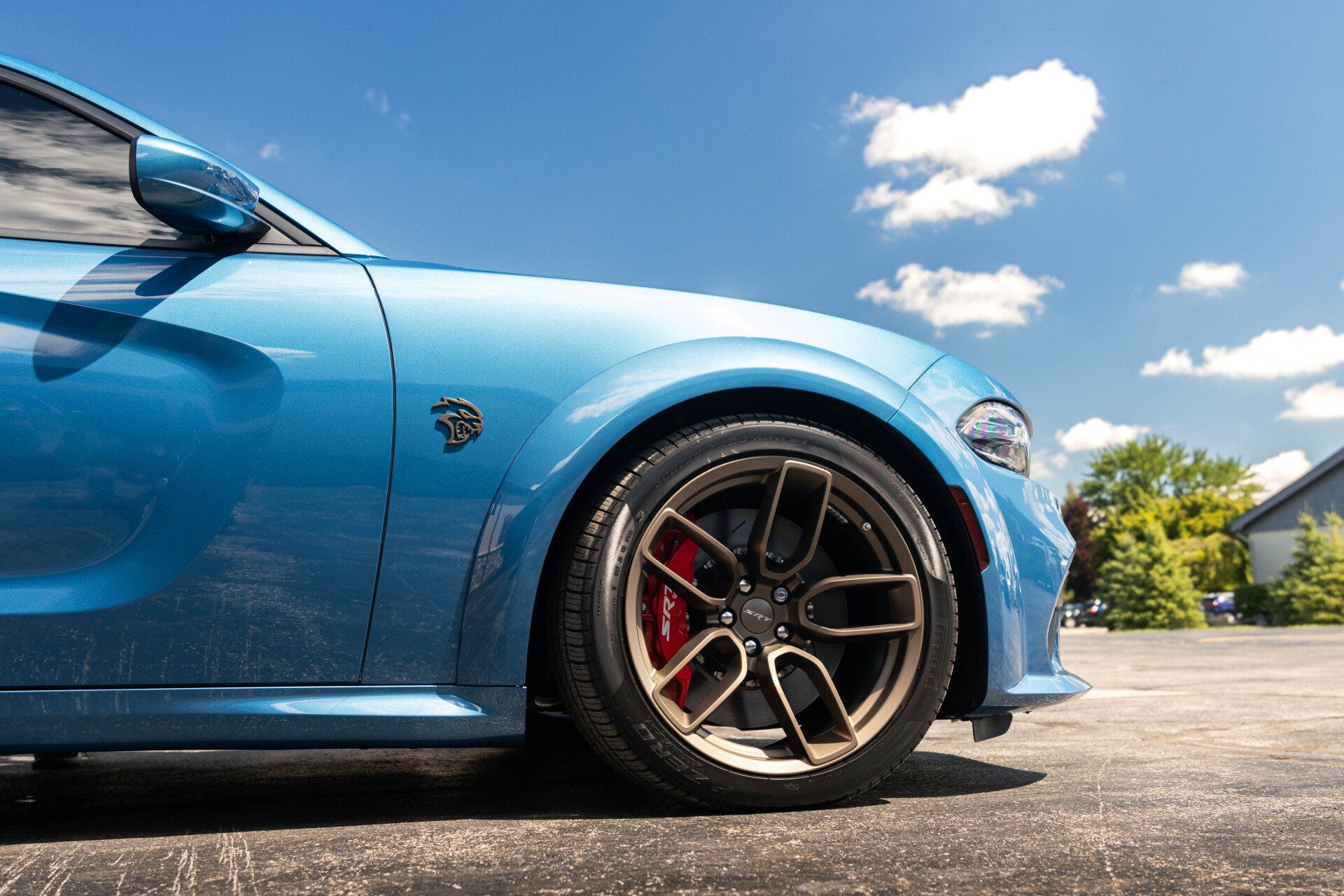
Market Innovations and Industry Growth
The paint protection film (PPF) market is thriving in 2024, fostering excitement among automotive enthusiasts and manufacturers alike. It's becoming increasingly clear that PPF is not just an accessory; it's an essential shield that many drivers now consider when investing in their vehicles.
Eco-Friendly Developments
One of the most significant trends contributing to this growth is the industry's shift toward eco-friendly materials. With environmental concerns resonating more deeply with consumers, PPF manufacturers are crafting sustainable options that diminish ecological impacts. This move aligns with modern ethical standards while appealing to a customer base that is increasingly conscientious about sustainability. By eliminating harmful chemicals and exploring recyclable or biodegradable formulations, companies respond to both market demand and the pressing need for greener solutions in manufacturing.
In addition to eco-friendliness, innovations are emerging across a broader spectrum of product versatility.
Expansion into Other Vehicle Types
Originally favored by car owners, the application of PPF has expanded to include motorcycles, trucks, and even boats, tapping into new customer segments. This diversification showcases the adaptability of PPF technology as it meets various protection needs beyond simply safeguarding a vehicle's paint from minor abrasions or environmental factors. Specialized PPF designed for off-road vehicles, for example, is rising in popularity because it effectively resists mud and harsh weather conditions that could otherwise damage exposed surfaces.
The nexus between innovation, consumer demand, and environmental consideration paints a promising picture for the PPF market's future. As automotive enthusiasts become aware of available options and their benefits, they help fuel market growth while fostering a deeper appreciation for protecting their investments in sustainable ways.
As we explore further advancements on the horizon, it’s clear that the industry remains dynamic and filled with potential for both consumers and manufacturers.
Future Prospects in Vehicle Protection
The future of Paint Protection Film (PPF) looks promising as technology continues to advance, pushing boundaries in vehicle care. Imagine a future where your car's protective film not only guards against scratches but also proactively communicates its need for maintenance. This level of evolution is not just wishful thinking; it is on the horizon with ongoing research and development efforts in the PPF industry.
So, what can we expect in the coming years? One major trend is the emergence of sophisticated self-healing materials capable of addressing deeper scratches. Picture this: a scratch appears on your vehicle, and over time, the material subtly recalibrates itself, erasing the blemish without any human intervention. This revolutionary approach echoes advancements across various industries where self-repairing technologies are already showing promise.
Integration with Smart Technology
Another intriguing avenue that holds incredible potential is the integration of PPF with smart technology. Imagine having films embedded with sensors that provide real-time monitoring of their condition. These sensors could relay damage data directly to your smartphone app, alerting you when it's time for a touch-up or if significant damage occurs that requires professional assessment. As such technology becomes feasible, it will redefine how vehicle owners interact with their cars and view maintenance.
The bottom line is that continuous innovation will keep PPF at the forefront of vehicle protection solutions. The shift towards electric and autonomous vehicles will also demand adaptations in PPF technology, ensuring it provides adequate protection for advanced sensors and cameras critical to vehicle operation.
As concerns about environmental impact grow, we may see sustainable alternatives emerging within the PPF landscape. Eco-friendly materials made from renewable resources could revolutionize the market by aligning with broader sustainability goals, thus attracting environmentally conscious consumers.
Finally, enhanced customization options may become available, allowing users to select designs or patterns printed directly on the PPF. This transformation not only enhances aesthetic appeal but sets a new precedent for personalization while safeguarding one’s investment.
To stay updated on these developments and witness how they unfold, visit The Detail Doc for the latest news and reviews. With such dynamic changes in play, the future of vehicle protection through paint protection film is not merely an upgrade; it's an essential evolution in automotive care.
As PPF technology continues to progress, staying informed will help you make strategic choices to protect your investment and enhance your vehicle's longevity. For personalized guidance, let's connect at The Detail Doc's contact page.

